

Punjab, the land of five rivers, is known for its rich culture, colorful festivals, and warm-hearted people. From bhangra and giddha to vibrant turbans and traditional food like sarson da saag and makki di roti, Punjab is full of life and joy. Its golden wheat fields and historical landmarks reflect a deep-rooted heritage. Here, you'll find detailed information about Punjab's traditions, clothing, food, music, and travel spots. Dive in and explore the spirit and pride of this incredible state.
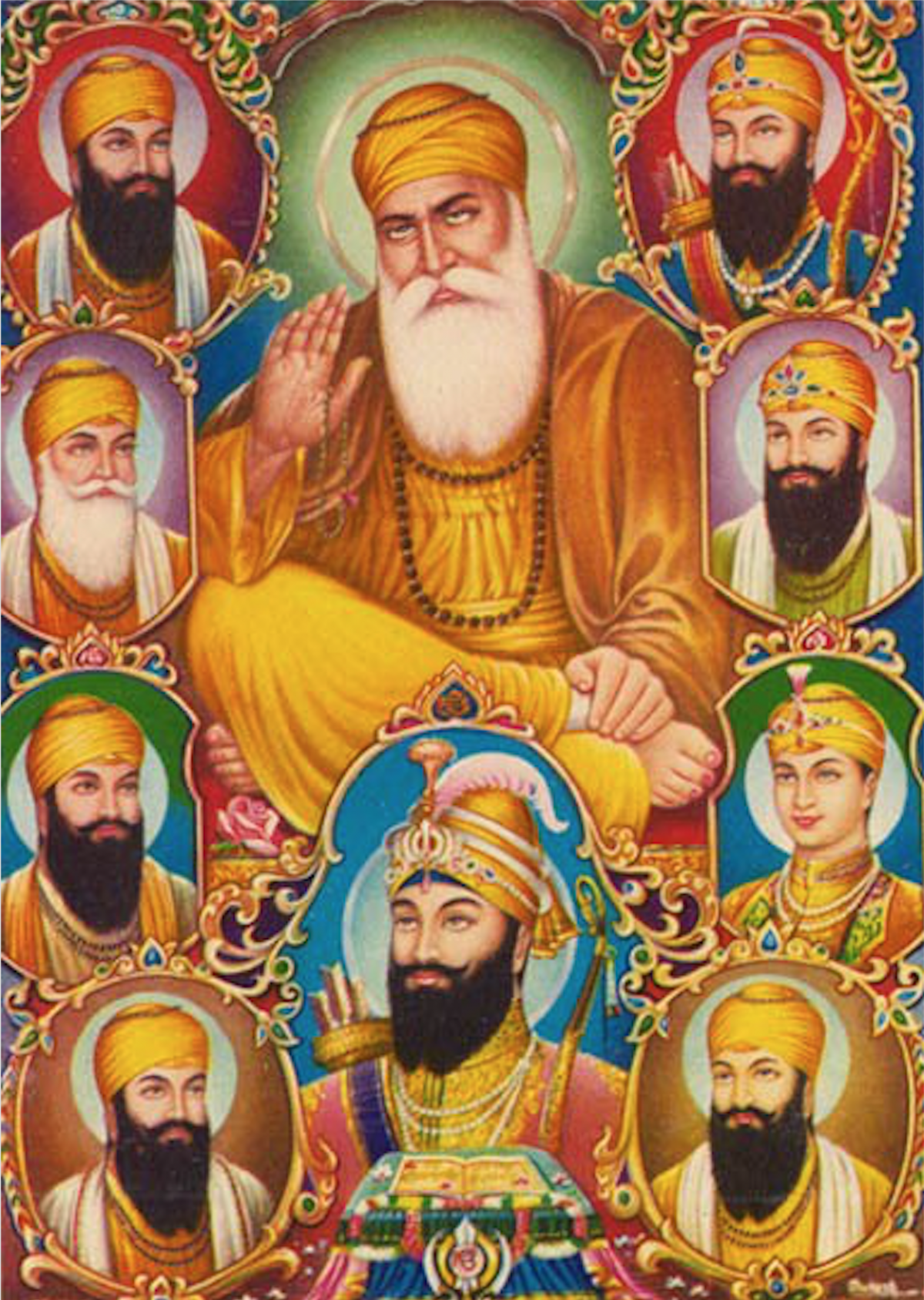
The roots of Punjab's pride are deeply tied to the birth and rise of Sikhism, a religion founded by Guru Nanak Dev Ji in the 15th century. His teachings of unity, equality, and service to humanity became the guiding light for millions. Over time, nine other Sikh Gurus carried forward this mission, shaping Punjab's values and spiritual strength.
In 1699, Guru Gobind Singh Ji established the Khalsa Panth, turning ordinary people into saint-soldiers ready to fight against injustice. This was a turning point in Punjab's history — a moment that gave birth to unmatched courage and discipline.
Before the Sikhs, Punjab was already home to some of the world's oldest civilizations. The famous Indus Valley Civilization thrived here thousands of years ago, especially in cities like Harappa. Later, powerful empires like the Mauryas and Guptas ruled the land.
As time passed, Punjab witnessed the arrival of invaders like Alexander the Great, followed by Afghans and Mughals. Despite this, the people of Punjab always fought bravely to protect their land and culture.
In the 18th century, Punjab saw the rise of the mighty Sikh Empire under the leadership of Maharaja Ranjit Singh. Known as the "Lion of Punjab," he united many regions and ruled with fairness, strength, and intelligence. Under his reign, Lahore became a center of art, architecture, and learning.
After India's independence in 1947, Punjab was divided between India and Pakistan, which caused massive migration and pain. But Punjab stood strong. It rebuilt itself with hope and hard work.
Today, Punjab shines with pride. Its gurdwaras, like the Golden Temple, welcome people from all over the world. Its music, dances like bhangra and giddha, delicious food like sarson da saag and makki di roti, and warm-hearted people keep its culture alive.
The story of Punjab is one of faith, courage, sacrifice, and celebration. Every river, every field, and every melody tells the story of a land that has always stood tall — and always will.
Punjab is a land full of color, music, and tradition — and its languages reflect that beauty. While Punjabi is the main and most loved language, there are several other languages spoken in different parts of the state. In total, around 3 to 4 main languages and dialects are commonly used in Punjab.
Punjabi is the official and most widely spoken language of Punjab. It is used in schools, government work, newspapers, songs, and daily life. Over 90% of people in Punjab speak Punjabi as their first language.
Hindi is the second most spoken language in Punjab. It is commonly used in:
While Punjabi remains the mother tongue, most people understand and speak Hindi easily, especially in cities and towns.
English is not a native language of Punjab, but it is used in education, jobs, and official work. Many schools, colleges, and offices in Punjab use English. It is also helpful for:
English is taught from early classes in most schools across the state.
In different areas of Punjab, people speak local forms of Punjabi called dialects, such as:
So, in Punjab, people mainly speak Punjabi, but Hindi and English are also common. Along with them, local dialects bring flavor to everyday speech. Language in Punjab is more than just words — it's a part of the culture, music, faith, and identity. Whether it's a folk song, a prayer in a gurdwara, or a friendly greeting, the languages of Punjab bring people together with joy and pride.
Punjab is known for its energy, happiness, and deep-rooted traditions — and nothing shows this better than its festivals. Each festival in Punjab is a colorful celebration of life, love, faith, and togetherness. Whether religious, seasonal, or cultural, festivals in Punjab are celebrated with dance, music, food, and joy. Let's explore the most popular festivals of this beautiful land:
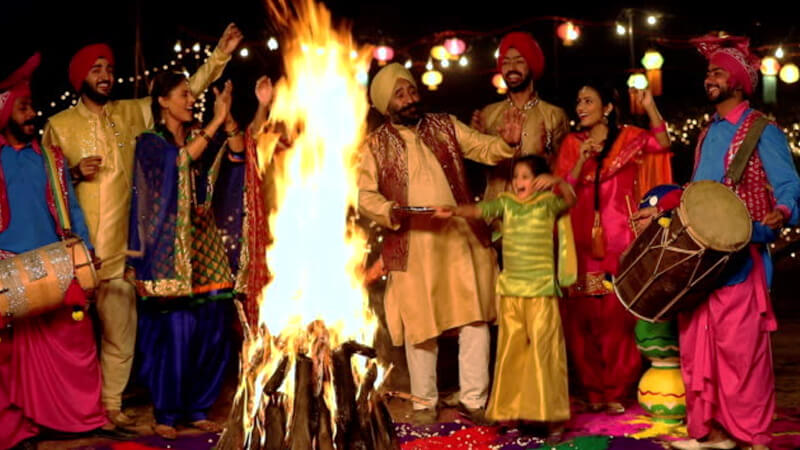
Lohri is one of the most loved and widely celebrated festivals in Punjab, especially by farmers and Sikh families. It is held every year on 13th January, marking the end of winter and the beginning of the harvest season.
Lohri is mainly celebrated to thank nature for a good harvest. In Punjab, crops like sugarcane, wheat, and mustard are very important. Lohri is a way for farmers to show their gratitude to the sun and fire, and to celebrate the fruits of their hard work.
Lohri also has religious and cultural meanings. It is linked to the birth of a child, marriages, and stories of Dulla Bhatti, a Punjabi hero who saved girls from kidnappers and helped the poor. He is remembered in Lohri songs.
It's also a very special day for newborn babies and newly married couples — their first Lohri is celebrated with great excitement, music, and gifts.
Lohri is more than just a harvest festival — it's a celebration of love, unity, and gratitude. It brings families and communities together. In cold winter nights, Lohri's warm fire brings light, laughter, and blessings for the coming year.
Celebrated in April, Baisakhi is both a harvest festival and a religious event. It marks the start of the new farming season and the birth of the Khalsa Panth in 1699 by Guru Gobind Singh Ji. Sikhs visit gurdwaras, take out nagar kirtans (religious processions), and enjoy traditional food and dance.
Punjab is an agricultural state, and Baisakhi marks the time when wheat crops are ready to harvest. Farmers thank God and nature for a good harvest. The fields are full of golden wheat, and the air is filled with celebration and joy.
On 13th April 1699, Guru Gobind Singh Ji, the 10th Sikh Guru, founded the Khalsa Panth at Anandpur Sahib. He called five brave Sikhs known as the Panj Pyare and gave them Amrit (holy nectar), starting a new brotherhood of brave and pure Sikhs called Khalsa. This event gave a new spiritual and social identity to Sikhs.
So, Baisakhi is not just a harvest festival, but also a sacred religious day for Sikhs around the world.
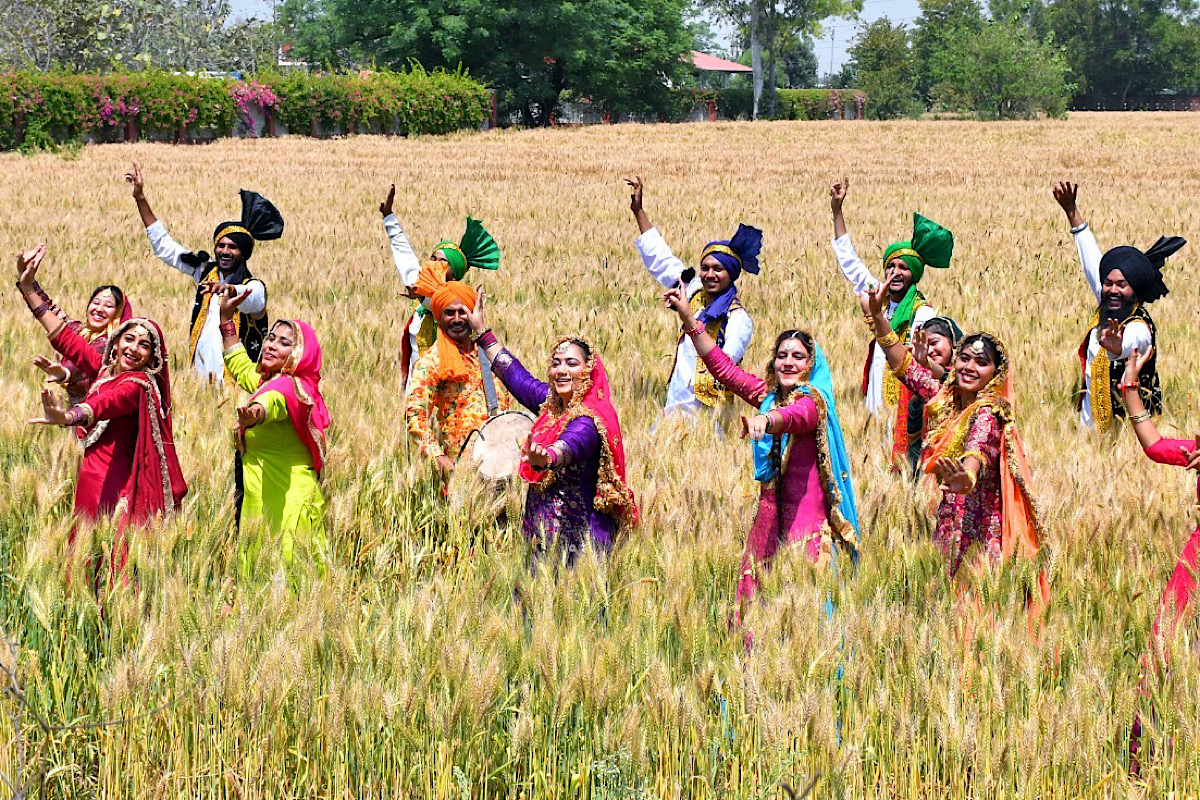
Baisakhi is a symbol of new beginnings, faith, hard work, and community spirit. It shows the connection between farmer and field, and devotee and Guru. It is a time to celebrate life, share love, and remember the sacrifices that made Punjab proud.
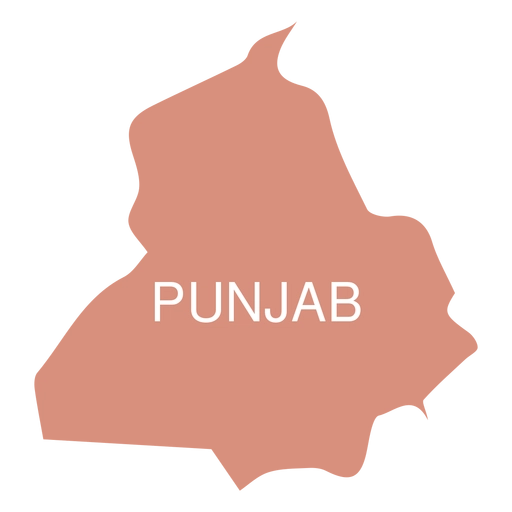
Punjab is not just known for its rich culture and delicious food, but also for its vibrant and historic cities. Each city in Punjab has its own charm — from the spiritual peace of Amritsar to the modern life of Mohali, the royal vibe of Patiala to the industrial strength of Ludhiana. These cities reflect the true spirit of Punjab through their traditions, progress, and warm-hearted people. Let's take a look at the most popular cities that make Punjab shine.
Amritsar is one of the most famous and culturally rich cities in Punjab, India. It is best known for the Golden Temple, the holiest place for Sikhs. Full of history, devotion, and hospitality, Amritsar welcomes people from all over the world with open arms.
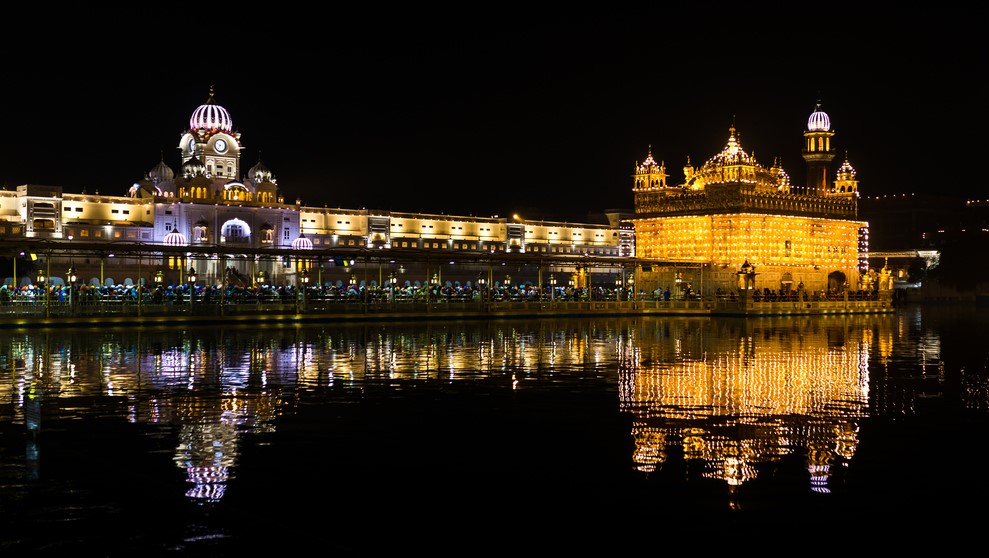
A historical place where many people lost their lives in 1919 during the British rule. It is a symbol of bravery.
Jallianwala Bagh is a historical garden in Amritsar, Punjab, where a very sad and important event took place in 1919. On April 13th, thousands of innocent people had gathered peacefully, but British soldiers fired bullets at them without warning. Many men, women, and children lost their lives. Today, Jallianwala Bagh stands as a symbol of bravery, pain, and India's fight for freedom. It reminds us to always remember the sacrifices made for our country.
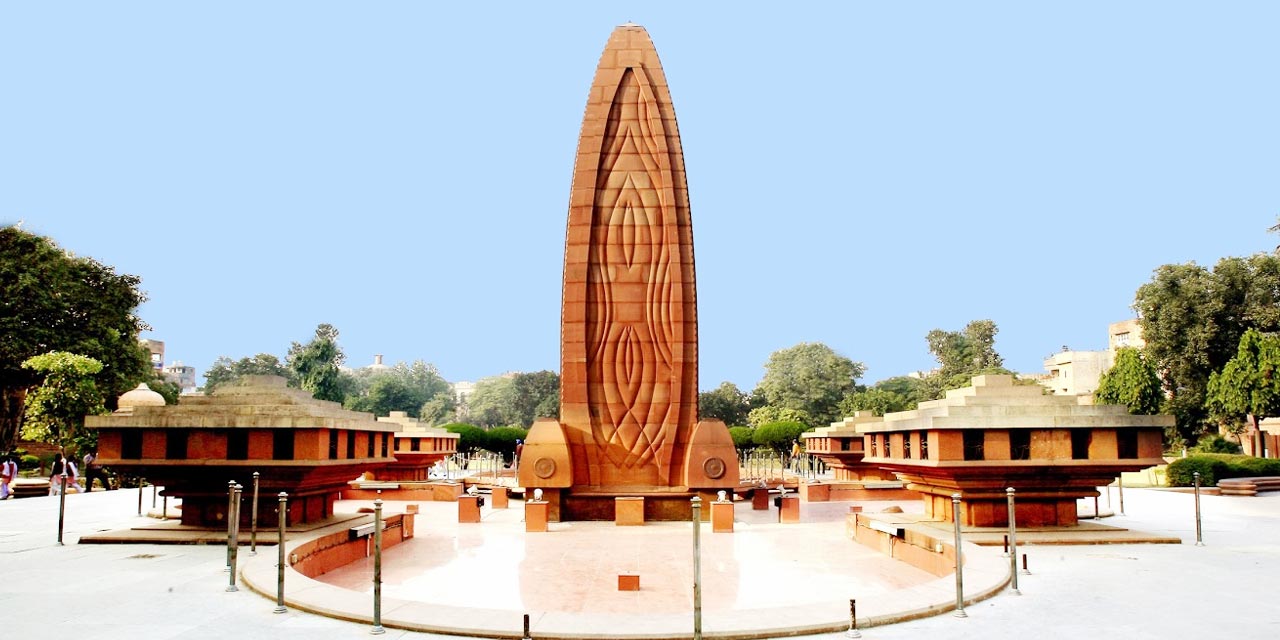
Jallianwala Bagh is a special place in Amritsar, Punjab. It is known all over India for a very sad event that happened on 13 April 1919. That day, thousands of people gathered there to protest peacefully.
But a British officer named General Dyer ordered his soldiers to shoot at the crowd. There were no warnings. People had no way to escape. Many men, women, and even children died. The bullets left marks on the walls, which are still seen today.
This incident shocked the whole country. It made Indians more united and strong in their fight for freedom. Jallianwala Bagh became a symbol of courage and sacrifice.
Today, the place is a memorial. Many people visit it every day to pay respect. There is a small museum, a flame of remembrance, and the same well where people jumped to save their lives.
Jallianwala Bagh reminds us how precious our freedom is and how much brave Indians suffered to get it.
Amritsar is not only famous for the Golden Temple, but also for its mouth-watering food! The city is a food paradise, full of rich flavours, desi ghee, and love.
A crispy and soft stuffed bread, baked in a tandoor and served with spicy chole (chickpeas) and butter. A must-try!
Soft puris or fluffy bhature served with masaledar chole — a perfect breakfast or lunch option.
Simple yet soul-touching food served free to everyone. It includes dal, roti, sabzi, and kheer — full of blessings!
Sweet or salty, this thick yogurt drink is served in big glasses with cream on top — very refreshing and tasty!
Amritsar is also famous for spicy and juicy tandoori chicken and fish, grilled with desi flavours.
No meal in Amritsar is complete without sweets! Hot jalebis and soft gulab jamuns are loved by all.
The food here is full of taste, tradition, and love. Whether it's street food or temple langar, every bite feels like home.
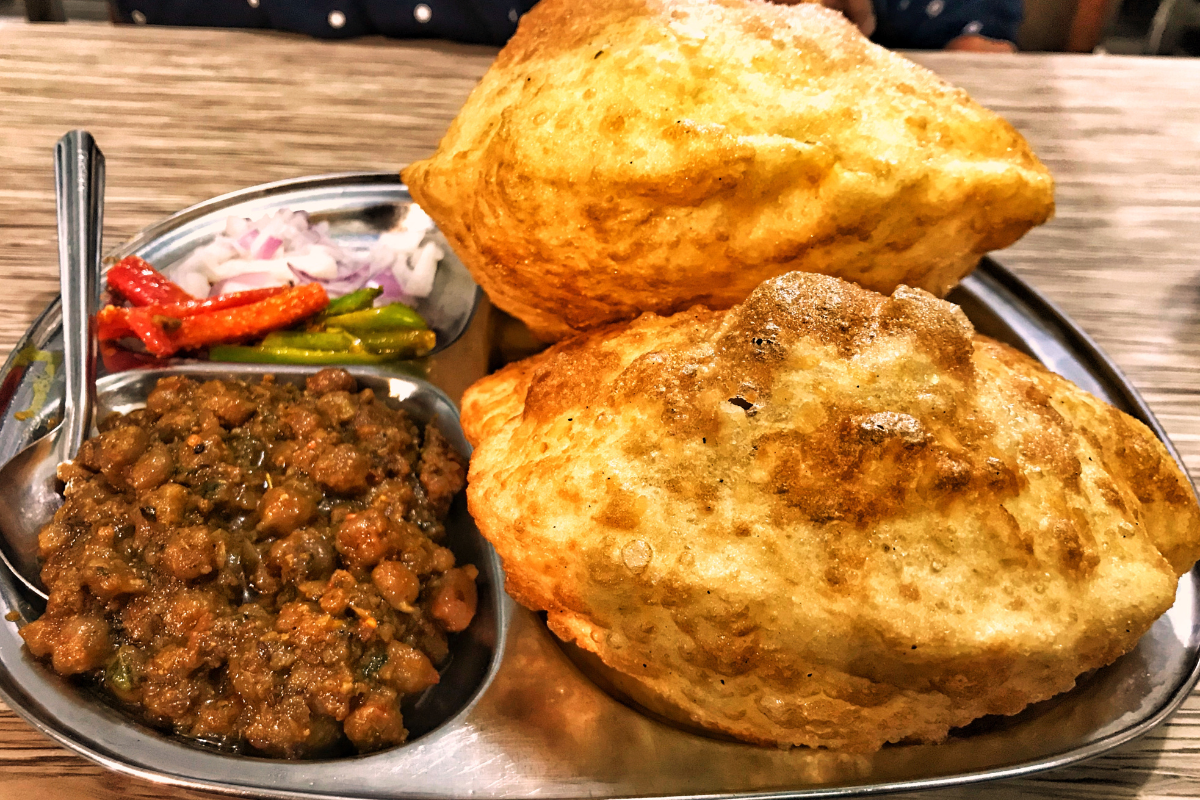
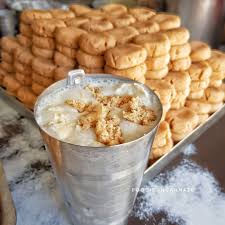
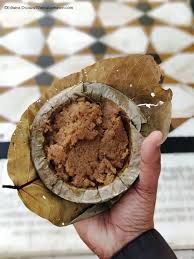
Ludhiana is one of the largest and most important cities in Punjab, India. It is known as the industrial capital of the state, famous for its textile factories, cycle parts, and woolen clothes. But beyond business, Ludhiana is full of Punjabi culture, tasty food, lively festivals, and warm-hearted people. The city is fast-growing, yet deeply connected to its traditions.
Ludhiana is called the Manchester of India because it has thousands of factories that produce clothes, cycle parts, auto parts, and machines. It plays a big role in India's economy.
It is the largest producer of woolen clothes in the country. Sweaters, jackets, and hosiery items made here are sold across India and abroad.
Ludhiana is a key center for manufacturing tractors and farming tools, helping Indian farmers with modern equipment.
The city is home to PAU (Punjab Agricultural University), one of Asia's best agricultural universities, known for Green Revolution research.
Ludhiana is Punjab's most populated city, with modern shopping malls, hospitals, schools, and growing infrastructure.
Despite being industrial, Ludhiana has a vibrant Punjabi culture, food, festivals, and hospitality that attract tourists and students alike.
It is well-connected by road, rail, and air, making it a major business and transport center in northern India.
Ludhiana is not just Punjab's industrial heart, but also a city full of charm, culture, and vibrant life. From peaceful gardens and historical forts to fun amusement parks and spiritual places, Ludhiana offers something for everyone. Whether you're a tourist, a student, or a local, the city has many interesting spots to explore and enjoy. These popular places reflect the rich history, modern growth, and colorful spirit of Ludhiana.
A beautiful museum showing Punjabi village life, traditional tools, clothes, and farming history. A peaceful and educational place.
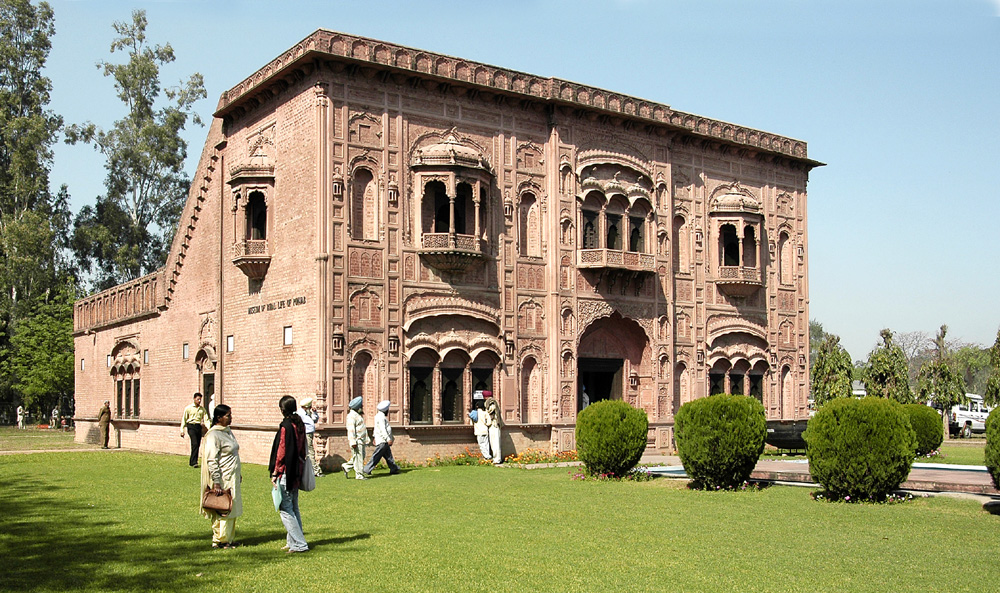
replica of an 18th-century Punjabi village house, complete with courtyard, arched doorways, wooden doors, and water channels
Designed to showcase everyday rural life that has rapidly faded due to modernization and mechanization
It feels like stepping into the past, walking through old village lanes, meeting handcrafted objects, and understanding what shaped Punjabi village life.
It's a perfect learning spot for students, families, and those who wish to connect with Punjab's real soul.
Nehru Rose Garden is one of the most beautiful and popular parks in Ludhiana, Punjab. Spread over 27 acres, it is home to more than 1,600 varieties of roses, making it a paradise for nature lovers and photography enthusiasts. The garden also features lush green lawns, ornamental plants, musical fountains, and walking paths, providing a peaceful escape from the busy city life.
It was established in 1967 and is named after India's first Prime Minister, Jawaharlal Nehru. Apart from being a floral attraction, it is also a venue for the annual Rose Festival, where thousands of visitors enjoy cultural programs, exhibitions, and a spectacular display of flowers.
It's an ideal spot for family picnics, morning walks, and relaxation amidst nature.
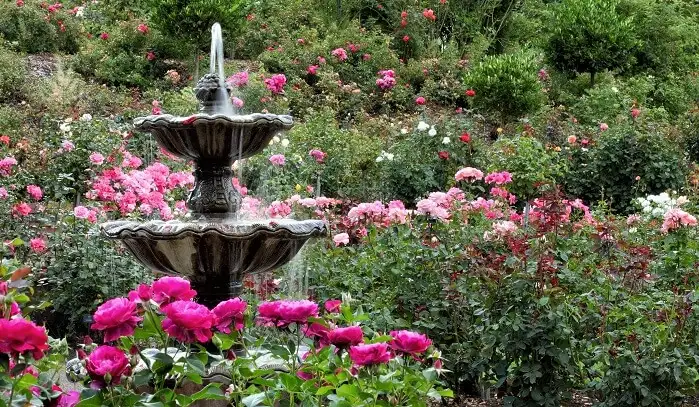
Punjab's fashion is a vibrant blend of tradition and modern style, reflecting the state's rich culture, lively spirit, and colorful heritage. Known for its bold colors, intricate embroidery, and elegant designs, Punjabi attire is not just clothing — it's an identity.
Men in Punjab traditionally wear the Kurta-Pajama, often paired with a Pagri (turban) that represents pride and honor. In rural areas, the Tehmat (a kind of loose wrap-around lower garment) is also popular. Turbans come in various styles and colors, with each style often representing a different region or community.
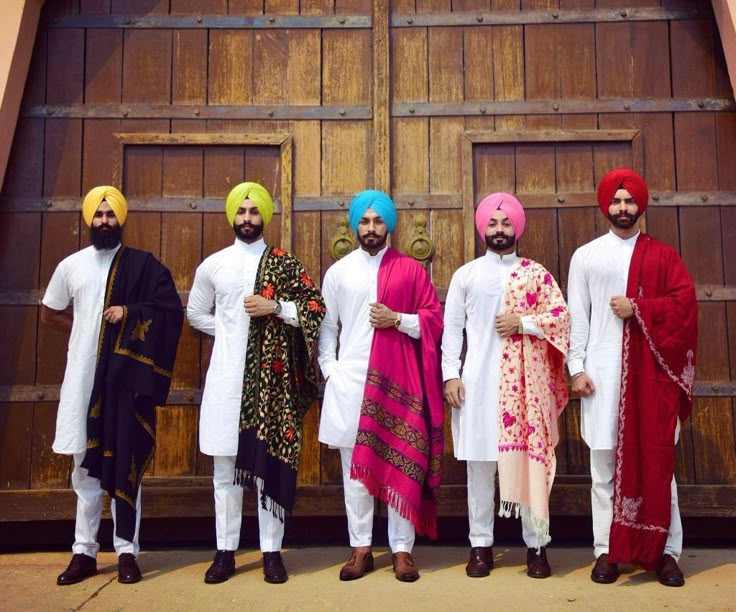
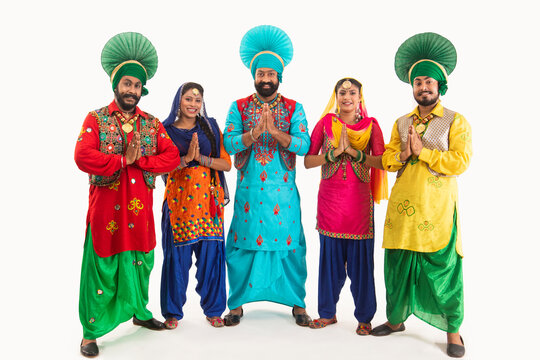
Punjabi men's traditional attire reflects pride, comfort, and cultural identity. Rooted in centuries-old customs, it balances functionality with elegance, making it perfect for Punjab's lifestyle and climate.
In rural Punjab, many men wear the Tehmat — a long piece of cloth tied around the waist like a wrap-around. It is often paired with a kurta and is especially popular among farmers for its comfort during fieldwork. In some areas, the lungi (a shorter, casual wrap) is worn at home or during relaxed occasions.
The pagri is the crown of Punjabi men. Worn with pride, it symbolizes honor, respect, and cultural heritage. Turbans come in various styles such as Patiala Shahi, Amritsari, and Nok style, and are tied in bright colors like saffron, blue, red, or white. Sikh men wear the turban as part of their religious identity, making it an essential part of their daily attire.
Some older generations wear the chadra — a large, plain cotton cloth wrapped around the lower body. It is loose, airy, and ideal for hot weather.
The Chadra is one of the oldest and most traditional lower garments worn by Punjabi men, especially in rural areas. It is essentially a large square or rectangular piece of cotton cloth, usually plain or with simple checks and stripes, wrapped around the waist and tied securely.
Unlike stitched trousers or pajamas, the chadra is completely unstitched, making it airy and comfortable in Punjab's hot weather. It allows free movement, which is why it is still popular among farmers, elderly men, and those who work outdoors.
The chadra is not just clothing — it is a symbol of Punjabi simplicity and tradition. In earlier times, it was worn daily by almost all men, but now it is mostly seen in villages or during cultural events, folk dances like Bhangra, and festivals.
Punjabi Juttis are the most popular footwear choice — handmade leather shoes often decorated with embroidery or colorful threads. They are worn with both casual and festive outfits.
Traditional men's fashion in Punjab is not just about clothing — it is about carrying forward a legacy of pride, honor, and style that has been passed down for generations.
For women, the most iconic attire is the Punjabi Suit — a long Kameez with a Salwar (loose-fitting trousers) and a Dupatta draped gracefully. Phulkari embroidery, famous for its bright floral patterns, is a symbol of Punjab's artistry and is often worn during weddings, festivals, and special occasions.
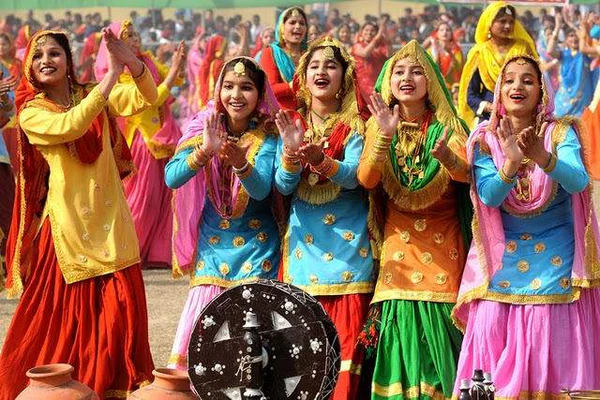

Punjab's women's fashion is vibrant, elegant, and deeply rooted in tradition, reflecting the state's colorful culture and joyful spirit. From everyday wear to elaborate festive outfits, Punjabi women's clothing celebrates beauty, comfort, and heritage.
The Salwar Kameez is the most iconic attire for Punjabi women.
A Dupatta is a long, decorative scarf worn over the shoulders or head. Punjabi women love colorful dupattas with heavy embroidery, mirror work, or lace borders. In weddings, dupattas are often heavily embellished.
Phulkari, meaning "flower work," is Punjab's famous hand embroidery. Traditionally done on shawls, dupattas, and suits, phulkari features bright threads and bold patterns, making it a treasured part of bridal wear.
For weddings and festivals, many women wear Lehenga Choli — a long skirt (lehenga) paired with a short blouse (choli) and a decorative dupatta. Heavy embroidery, zari work, and sequins are common.
The Punjabi Jutti — handcrafted leather footwear, often decorated with colorful embroidery — is popular for both daily wear and special occasions.
Conclusion Traditional Punjabi fashion, whether for men or women, is a beautiful blend of comfort, elegance, and cultural pride. Men's attire like Kurta Pajama, Turban, and Chadra reflects strength and dignity, while women's outfits such as Salwar Kameez, Phulkari Dupattas, and Lehenga Choli showcase grace and vibrancy. From festivals to daily life, these traditional styles keep Punjab's heritage alive, connecting the present with the glorious past in every stitch, color, and design.